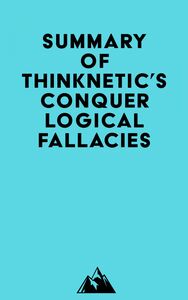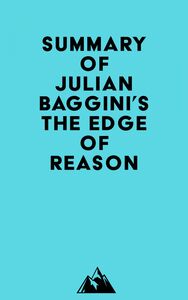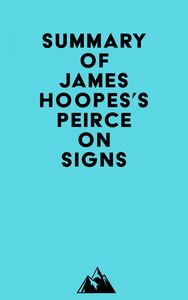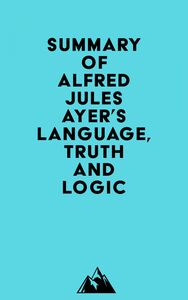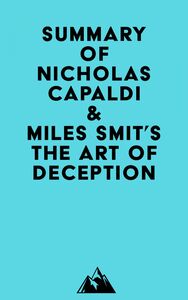
Please note: This is a companion version & not the original book.
Sample Book Insights:
#1 Not everything that is written contains an argument. In order to determine whether a text contains an argument, we must carefully examine the structure of the text. The first step in analyzing a text for argument is to identify the author's main purpose. Is the author introducing a new idea or refining an existing one. Is the author describing an experience or an event. Is the author entertaining or informing. Does the author urge the audience to believe something or to reject something. Once we know what the author's purpose is, we can identify whether the text contains arguments. If the text contains one or more main arguments, then it probably does. If it contains only one or more subgoals, then it probably doesn't. An argument is a chain of statements that are intended to prove some conclusion. A subgoal is a dependent part of an argument that supports its conclusion. For example, suppose an author claims that all men are mortal, and then presents several examples of men who have died. This author has presented one main argument and several subgoals, each supporting its own conclusion: 1. All men are mortal 2. Socrates is a man 3. Socrates died 4.
#2 When you see the word it, substitute the word the for it, and you will have the entire sentence.
#3 A TL;DR is a shortened way of saying too long; didn't read. It is a summary of the main points of a text. It is a good idea to use short-and-sweet summaries as study guides for your reading.
#4 A TL;DR is a short summary of the main points of a text. It is a good idea to use short-and-sweet summaries as study guides for your reading.Book details
-
Publisher
-
Language
English -
Publication date
-
Theme



